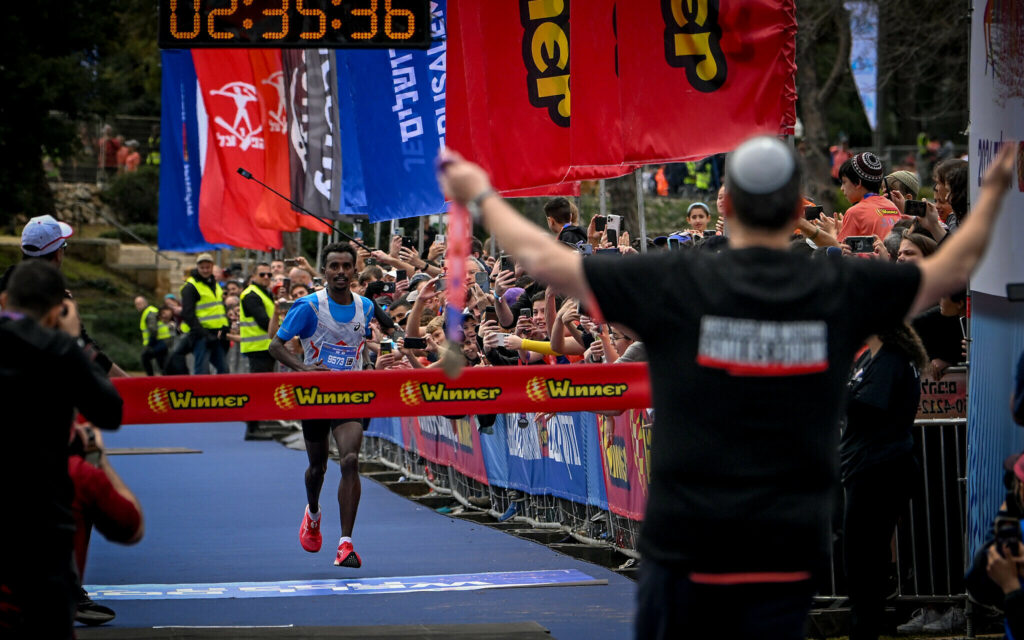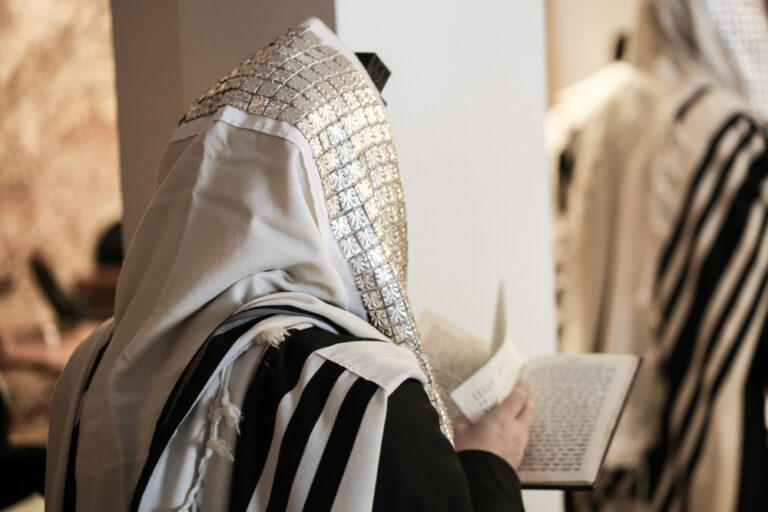By Maxine Carlill, ICEJ Australia Editor

“The strength of a society is measured by its ability to continue daily life in the face of challenges, alongside support for our dedicated soldiers fighting on the front lines,” said Jerusalem Mayor Moshe Lion in a statement.
The Mayor was referring to the decision to hold the Jerusalem Marathon as usual despite the ongoing war. A marathon that takes participants through Jerusalem’s rich history including beautiful landmarks such as the Israel Museum, the Supreme Court, the President’s Residence, the walls of the Old City, the Armenian Quarter, the Tower of David, the Khan Theatre and Sultan’s Pool.
The 2024 marathon was the 13th year that the race has been held, and this year was laden with emotion. Even before the race started, precisely at 6:29 am the same time the sirens sounded on October 7, a DJ who had played at the Nova Festival where 364 young people were murdered, opened the event with a special music session. Many runners wore t-shirts or bore signs saying, ‘Bring them back home’. Several participants were running in support of the families of the hostages. Also, along the route this year, were photographs of 134 people who are still being held by Hamas.


The event was also in solidarity with the IDF, and many runners participated in full IDF uniform, or with Israel flags. One of the runners, Itzik Waxler, who was injured during the war in the Gaza Strip, told TV reporters, “I am injured but still I am running for solidarity with Israel. Many soldiers are still fighting against the terrorists. But this year I am running for my country.”
The race broke the participation record with 40,000 participants, including two ICEJ staff members. It also included 15,000 IDF soldiers in reserve and regular service, members of security and rescue forces, and 1,800 international runners from more than 70 countries. The winner was Israeli Melkam Jamber, who covered the 42.2 kms in 2 hours 35 minutes 39 seconds.

The race finished with a festival at Sacher Park where runners were welcomed by more than 100,000 people, including their families and friends.
“We all hope that peace, security, and tranquillity will return to our beloved country quickly. Am Yisrael Chai! (the people of Israel live). We will not stop running.” Said Mayor Lion.
The writer of Hebrews (12:1) urges. “…let us run with patience the race that is set before us …” Races were well known in the ancient world and offered a picture of preparation and endurance. Paul pointed to the athletes of Roman society as models of self-discipline in 1 Corinthians 9:25
Today marathons are popular. They are of various lengths, and some are more fun than competitive. Many believe that the first marathon was when Pheidippides ran to Athens with the news of the great victory his people had over the Persians at Marathon in 490 BC. However, the first marathon was really the ‘Bible marathon’ as recorded in 1 Samuel 4:12. “A man of the tribe of Benjamin ran from the battle line and came to Shiloh the same day with his clothes torn and dust on his head.” This man ran 42 kilometres to Shiloh, the religious capital of Israel at the time, to inform the High Priest that 30,000 Jewish soldiers had been killed, including the High Priest’s two sons, and that the Ark of the Covenant had been seized. It’s interesting that 42 kilometres is the length of the Olympic marathon, decided upon in 1908 at the London Olympic Games.
So, in Israel, there is another marathon each year known as the Bible Marathon and the route follows that as 1 Samuel 4:12. At the start of the modern day Bible Marathon, runners take off to the sound of the ram’s horn with musicians dressed in biblical clothing. At the finish line, they are greeted with drums, more horn blasts, flutes, and harps.
In spite of everything, the people of Israel will keep running.
Images source: ‘The Times of Israel’



